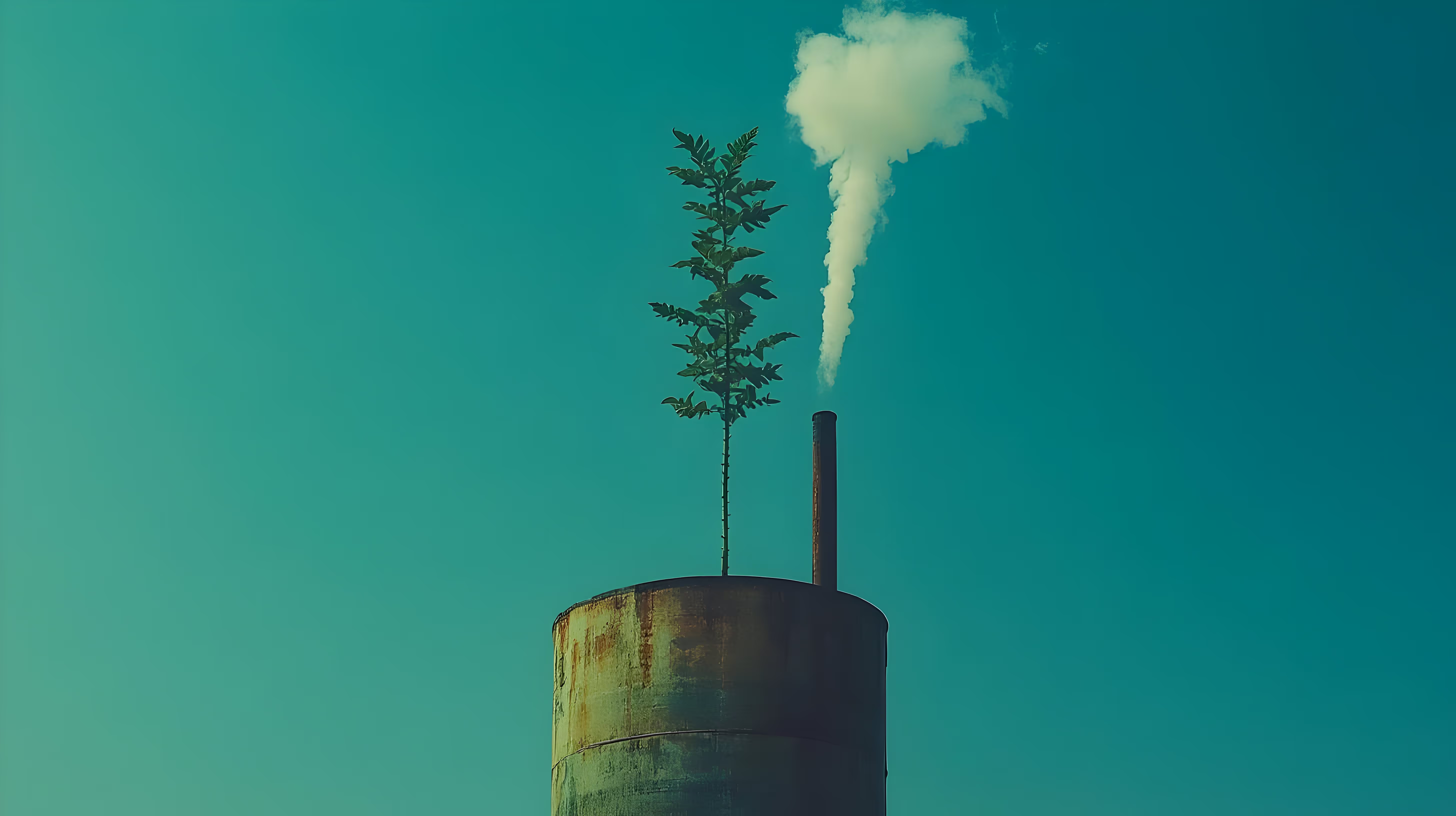
The real work begins when we move beyond sustaining what remains and start regenerating what has been lost.
For decades, progress was measured through rapid growth. Economies expanded, technology advanced, and ambition flourished. Yet the same systems that built prosperity have weakened the very foundations that support it. Soil, trust, biodiversity, and both financial and ecological balance have been compromised. The idea of sustainability once promised to hold the line, yet even now it feels too static and too abstract for those outside its language. The Sustainable Development Goals were envisioned as a compass, yet global progress remains far off track, with less than one fifth of targets on pace to be achieved. We know we are far behind in reaching them. Regeneration, however, brings movement. It speaks of renewal, healing, and connection, precisely what is needed now.
This movement can already be seen in the work of those who create and invest with purpose. Designers such as No Nasties and Lora Gene move from linear production to circular creation. Farmers work to restore soil health instead of depleting it. Artists like Bordalo II and Leila Babirye transform discarded materials into beauty and meaning. Investors such as Regeneration VC and the Regenerative Capital Group are beginning to look beyond profit toward purpose. Consumers are moving beyond mere consumption and want to grow themselves. A quiet instinct to repair is emerging everywhere.
Regeneration is not limited to science or activism. It is a cultural and emotional awakening, a way of living that replaces extraction with contribution through small, deliberate choices.
Stop only consuming and start building, growing, and relating to one another. To live regeneratively is to see the world as one, where every action, from planting a seed to leading a company, can either restore or diminish everything.
This turning point comes with a growing awareness that we are not separate from what we create. The well-being of our planet and the health of our societies reflect one another. Regeneration is therefore not only a method but a way of seeing. It invites us to measure success by the quality of what we give back rather than by what we acquire.
This new age is defined by depth rather than superficiality. Its leaders act with care and genuine interest, mindful of their teams and of what will follow after their actions. They understand that true progress lives in the resilience of ecosystems, communities, and relationships.
The age of regeneration has begun. Slowly and steadily, it is reshaping how we live, eat, invest, design, and lead. It is less about invention and more about return, a return to care, to balance, and to meaning.
Perhaps this is what will define our time. Not the rush to build something new, but the courage to restore what was always meant to endure.

